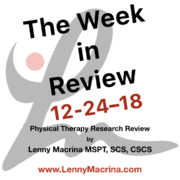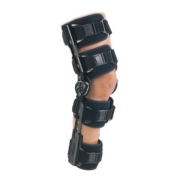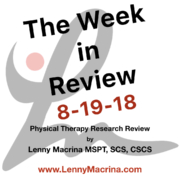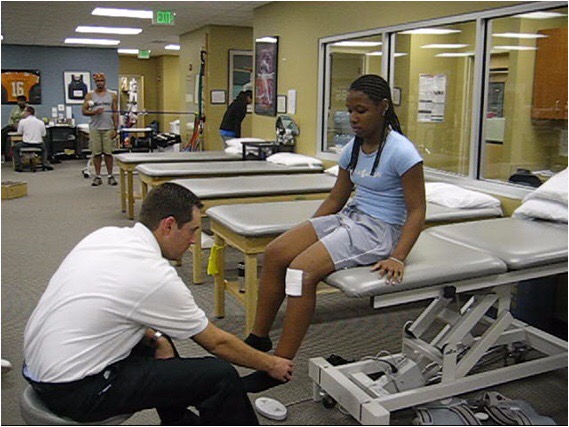Documenting Knee Extension Range of Motion
I’ve talked a lot about the importance of regaining knee extension range of motion (ROM) after a knee injury or surgery. In this post, I want to talk about how exactly I believe we should be documenting knee extension range of motion.
I think it’s important because I hear many other medical professionals and students document differently. Hope this post clears the air and gets everyone on the same page.
Knee Extension after ACL
I’ve written about getting knee extension back after an ACL and how to figure out if it was a cyclops lesion or not. You can read this recent post if you like..it should help you gather more information on diagnosis and treatment of a cyclops lesion.
Therefore, I can’t stress the importance of obtaining not just knee extension, but symmetrical hyperextension after a knee injury or surgery.
With that, I feel as if many practitioners are all over the place with their documentation. This makes it difficult to communicate with each other and with the patients.
Documenting Knee Extension Range of Motion
In this video, I discuss the rationale for how I document knee hyperextension. I think it;’s important that we’re all on the same page to avoid confusion.
Does this make sense to you? Is this how you document knee hyperextension?
Let’s discuss in the comments section or on social media. You can find me on Twitter or Instagram @lenmacPT.

If you want to learn more about how I treat ACL’s or the knee in general, then you can check out our all online knee seminar at www.onlinekneeseminar.com and let me know what you think.
We cover the anatomy, rehab prescription, ACL, meniscal injuries knee replacements and patellofemoral issues. Furthermore, the course covers both the non-operative and post-operative treatment.t
This is an awesome course if you’re interested in learning more about rehabilitating the knee joint. And if you’re a PT, there’s a good chance you can get CEU’s as well.


 https://pixabay.com/illustrations/new-year-s-day-beginning-start-2566661/
https://pixabay.com/illustrations/new-year-s-day-beginning-start-2566661/






Leave a Reply
Want to join the discussion?Feel free to contribute!